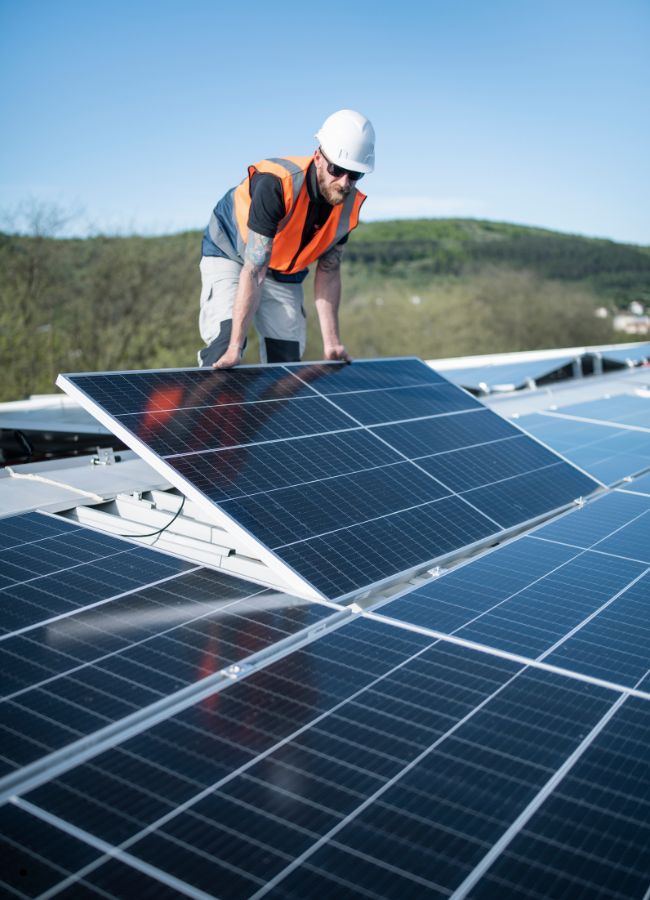Lorem ipsum dolor sit amet, consectetur adipiscing elit. Nunc bibendum efficitur fringilla. Etiam vel placerat ipsum, et ultrices enim. Praesent facilisis nunc in tincidunt maximus. Ut tempus nibh augue, sit amet auctor dui scelerisque vel. Aliquam diam felis, aliquet at turpis dapibus, porta viverra purus. Curabitur rhoncus augue ac congue tincidunt. Vivamus efficitur lorem justo, eget accumsan quam dignissim non. Sed tincidunt nec velit sit amet mattis. Donec quis commodo orci. Sed mauris odio, gravida sed molestie nec, laoreet sed urna. Integer varius consequat vehicula. Curabitur non condimentum velit. In sit amet porta magna, id vehicula lorem.

